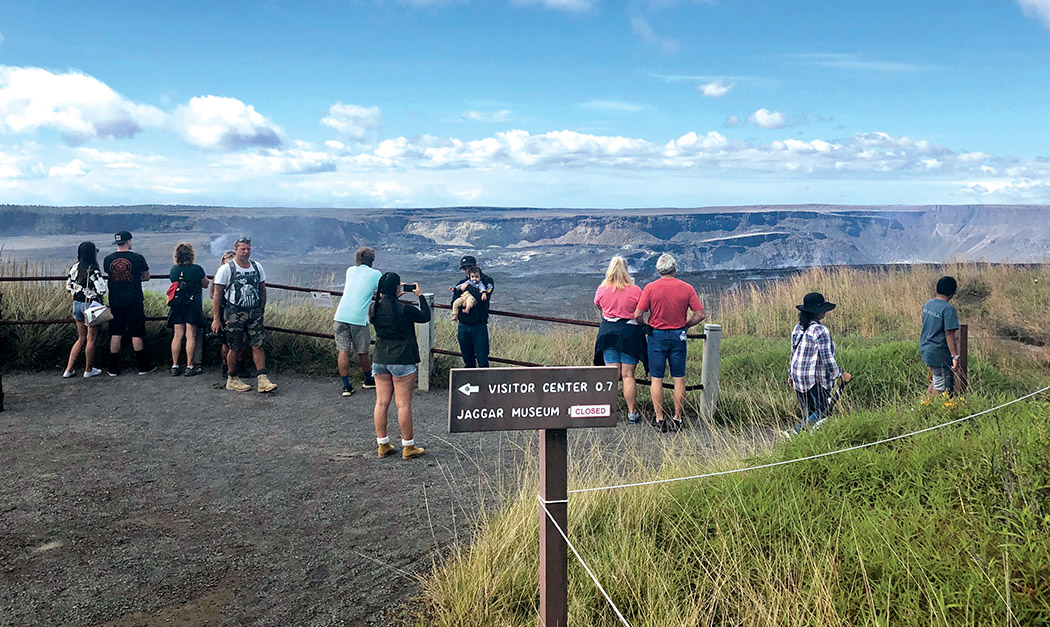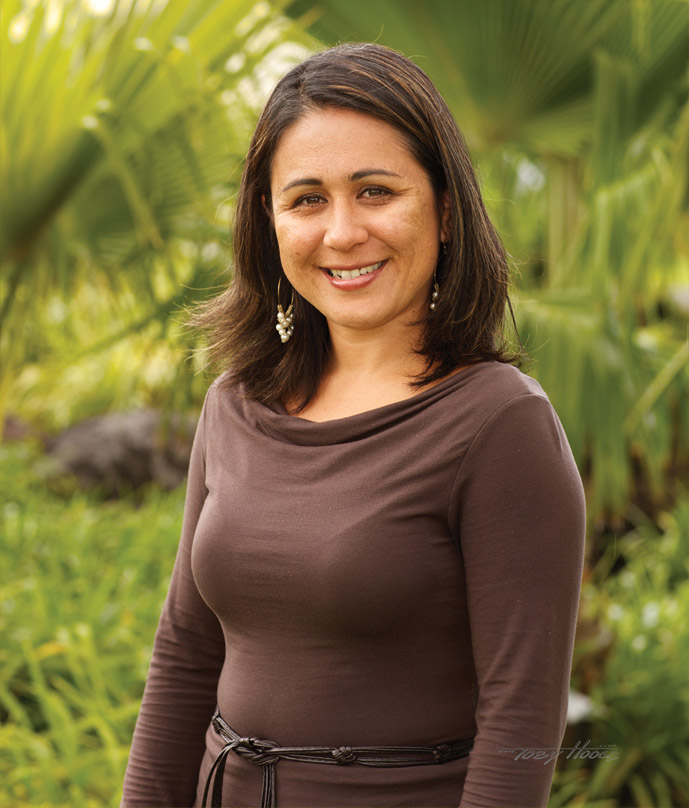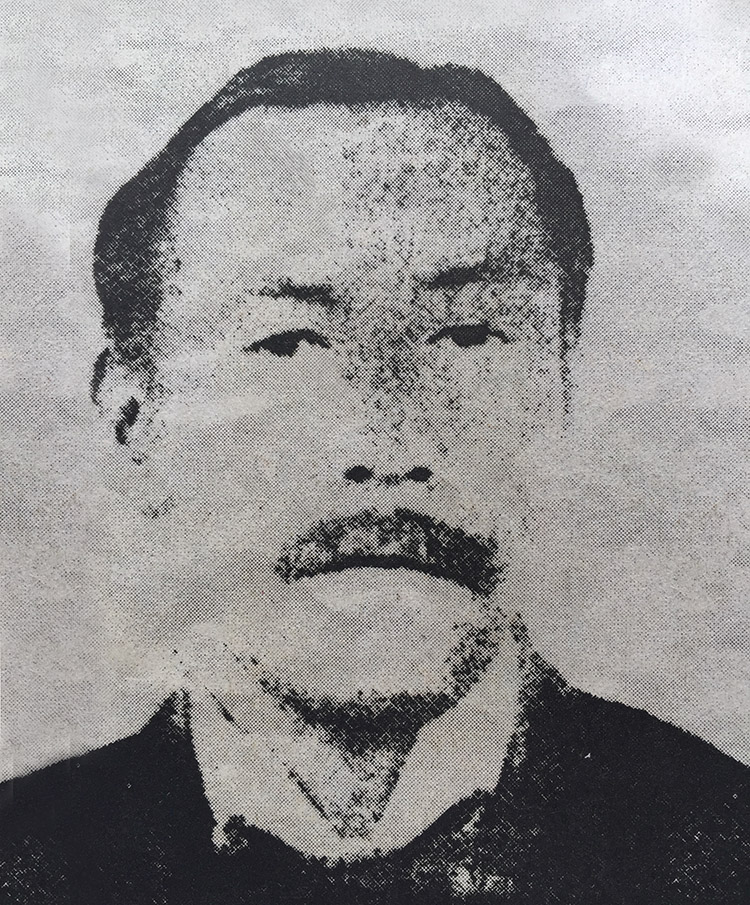
The Gannenmono: A 150-Year Celebration of Faith & Fortitude
By Lara Hughes
The Arrival

In 1860, King Kamehameha IV met with the first delegation of Japanese people to visit the Hawaiian Islands. During this visit the king proposed a friendship treaty with Japan. This action, along with the rise of the sugar industry and the surrender of the Tokugawa Shogunate in Japan, led to the first Japanese contract laborers being recruited to come to the Hawaiian Islands. These men would become known as the Gannenmono, or first-year men. On May 17, 1868 the ship Scioto ferried approximately 148–153 Japanese men from Yokohama, Japan to Honolulu, O‘ahu. They were aboard the Scioto for 33 days.
According to one of the descendants of the Gannenmono, Gwendellyn Sanchez, the exact number of people who immigrated have varied, “There was one man that died on the way here, and there were five women and one infant on board.” There were also rumored to be samurai on the ship, “Some say there were four samurai onboard, some say more.” With the overthrow of the Tokugawa Shogunate and reinstatement of the Meiji Emperor, the samurai loyal to the Tokugawa Shogunate were duty-bound to kill themselves. “The story that we heard,” says Gwen, “was that they had to flee and leave Japan.” Gwen’s great-grandfather, Tokugiro Sato, was one of the Gannenmono. It is not known whether or not Tokugiro was a samurai; however, he did have a samurai sword that was later presented to his employer, Samuel Parker. The sword hung in the Mana Museum for some years before it was closed.
The Gannenmono In Hawai‘i
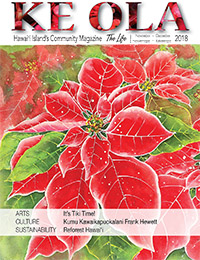
After arriving in the Honolulu Harbor on June 19, 1868, the Gannenmono were separated and sent to different Hawaiian islands. A reported 51 men remained on O‘ahu, 71 were sent to Maui, 7 to Lāna‘i, and 22 to Kaua‘i. The sugar plantations and different individuals contracted them. The Japanese men had reportedly been told that they would be very highly paid. They worked 10- to 12-hour days, six days a week, “It was hard labor for them,” says Gwen, “when they came here they were very disappointed, because what they were promised was not that.”
In December 1869, a Japanese envoy was sent to Hawai‘i to investigate complaints received from some of the Gannenmono regarding the working conditions on the plantations. An agreement between Hawai‘i and Japan was reached where 40 Gannenmono would be sent back to Japan and the others would be allowed to finish their contracts. In January 1870, the agreed-upon 40 Gannenmono were returned to Japan. In 1871 another 13 returned after fulfilling their contracts and 40 sailed to the US mainland, leaving only 50 of the original Gannenmono in Hawai‘i.
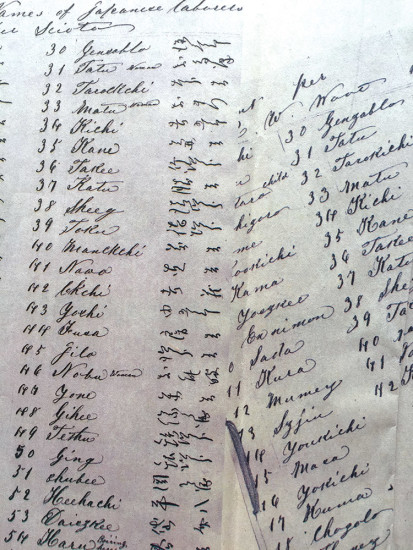
In the years afterward, King Kalākaua traveled to Japan and worked to gain approval for more migrant workers to come to Hawai‘i. In 1885, approximately 950 contract laborers entered Hawai‘i and over the next nine years about 29,000 more arrived. This second wave of immigrants from Japan is referred to as the Kanyaku Imin, or contract laborers.
By the mid-1920s they made up approximately 40% of the population of Hawai‘i. According to Byrnes K. Yamashita, Education Committee Chair to the Nisei Veterans Legacy, most of the Japanese Americans in Hawai‘i today can trace their lineage back to these first immigrants. The first generation of Japanese in Hawai‘i is called the Issei, and Japanese people living outside of Japan are referred to as Nikkei.
Tokugiro himself was a young man of about 18 or 20 when he came to Hawai‘i. He worked for a sugar plantation on O‘ahu or Maui, and was later employed by Samuel Parker on Hawai‘i Island. He was a jack-of-all-trades and served the Parker family as a butcher, cook, and carpenter. Tokugiro married a Hawaiian woman named Kalala Kamekona, whose family was from Ka‘ū. Kalala’s father was a Hawaiian ali‘i (chief).
Jamelyn Pe‘a is Gwen’s second oldest child. When speaking about her great-great grandparents she wonders, “Can you imagine that you come to the islands, you speak fluent Japanese and then you fall in love with a Hawaiian? I mean how does that work?” In fact, despite their language barriers and cultural differences, most of the first Japanese men to Hawai‘i married Hawaiian women.
Kalala’s family resided in Waipi‘o Valley, and this is where she and Tokugiro raised their family. According to census records, they owned at least two homes in the valley. Gwen says that before Kalala’s family settled in Waipi‘o there were mostly rice farms propagated by Chinese immigrants who had previously occupied the valley. Tokugiro and Kalala farmed taro—they were some of the first people to bring taro farming back to Waipi‘o Valley.
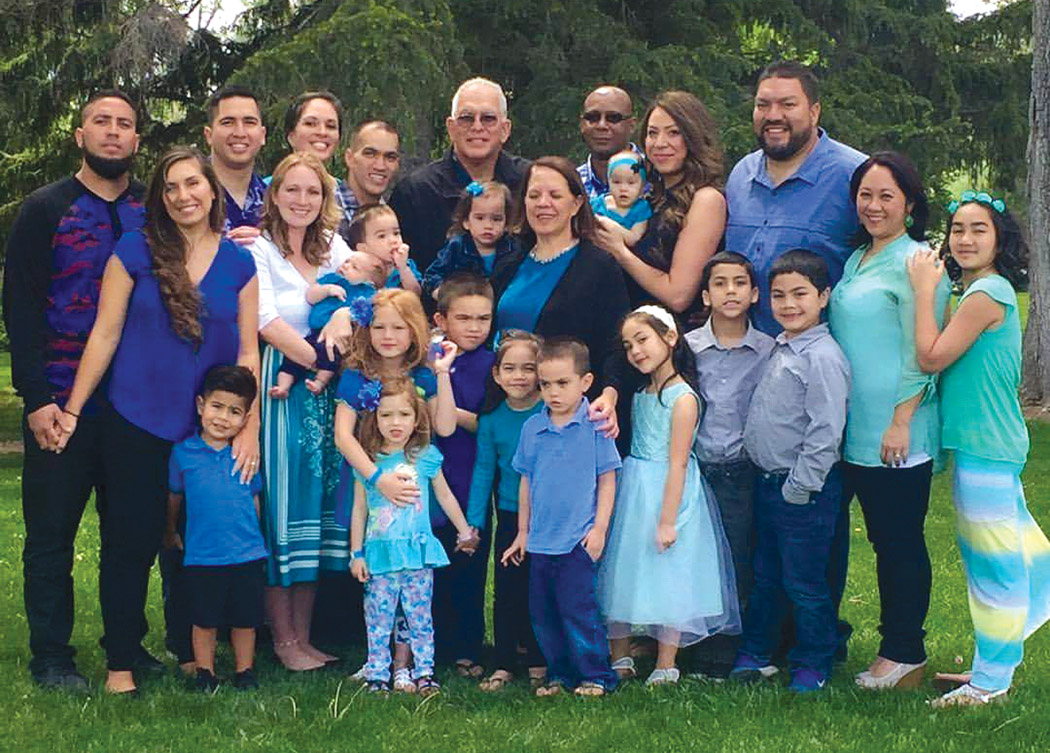
The Descendants
Early on, Gwen’s family heritage was almost lost to her. When her grandfather was seven years old he was taken and raised by a single man in another part of the island and was lost to the original family. He grew up being named Fukui Yamamoto, while the last name of the original birth family was Toko. There are many stories surrounding Fukui and what happened, one of them being that it may have been blackmail in relation to possible samurai ties that Tokugiro was trying to hide. To this day, no one is certain as to what exactly transpired.
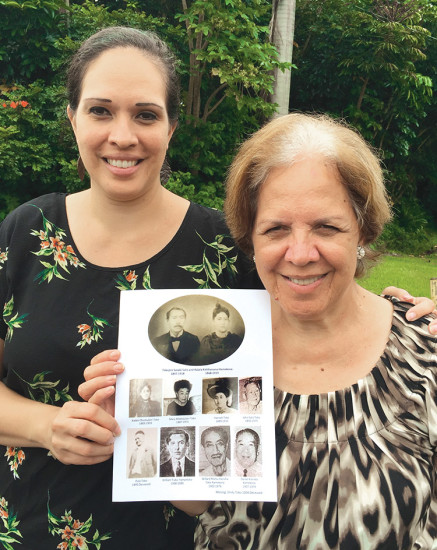
Years later when Fukui was an adult, a man who worked at an oil depot in Kohala recognized him and told him that there was someone who looked just like him and asked if he had any brothers. He responded that he did not. Gwen says that this person told him, “You know, you look like this man John Toko. You have to go and see this man.”
Fukui was already married when he was reunited with his family. He went to visit John Toko, who told him the story of his birth family. There were 10 children, so Fukui went from having no brothers and sisters to having nine siblings in an instant.
Today, Gwen can pass her heritage down to her children. Jamelyn is the second oldest of five and has been passing their legacy down to her children, “It’s very important for me to know where I come from.” Jamelyn has a son who just turned six, “He’s amused and just loves anything ninja or samurai.” He had to do a presentation in kindergarten having to do with culture and he did a presentation on the samurai and his relative Tokugiro. “He talks about it proudly because it’s his interest,” she says, “The more I find out who my family is, the more it means to know there’s a connection … the things Tokugiro accomplished, I don’t know if I could do that myself.”
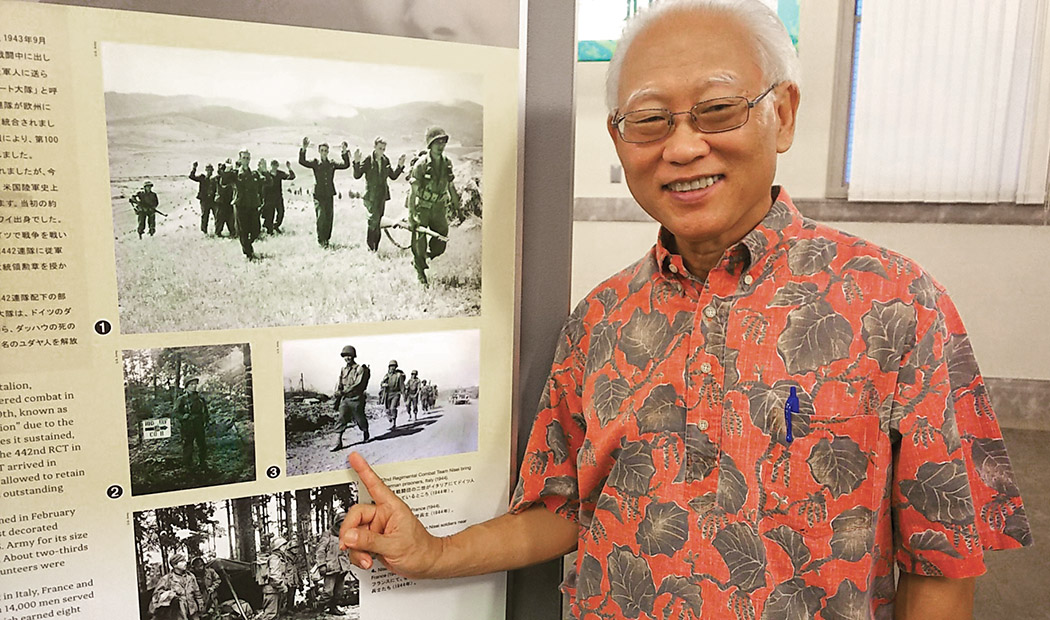
The Celebration
The year 2018 celebrates the 150th anniversary of the Gannenmono and their arrival in Hawai‘i. Jamelyn reflects on her great-great-grandfather Tokugiro and the importance of the Gannenmono today, “He left such a huge legacy behind—I bet he probably didn’t think about it, not knowing that he would have thousands of descendants that would one day talk about him.”
In honor of the 150th anniversary, there have been various celebrations, symposiums, and exhibits made available to the public throughout the year. Exhibits honoring Japanese immigrants to Hawai‘i that are still available for viewing include the Nikkei Legacy Exhibit and the Gannenmono Exhibit at Bernice Pauahi Bishop Museum on O‘ahu. This display was put together with some assistance from Gwen. She helped compile close to 900 names of the descendants of Tokugiro and checked for spelling accuracy.
Byrnes Yamashita, son of a Nisei, or second-generation Japanese-American soldier, is assisting with the display of the Nikkei Legacy Exhibit. It has been touring Japan since May 2017 and has purposefully been shown in prefectures where the most Japanese immigrants to Hawai‘i came from. Now it is available to Hawai‘i residents. “I think the exhibit project and the various tours of locations in Japan and Hawai‘i are probably the best thing I have done in my life,” says Byrnes. “The Gannenmono symbolize the pioneering spirit of the immigrants to go to a foreign land about which they knew almost nothing with the hope that they could earn money and make a better life for themselves and their families. That story is not unique to the Japanese.”
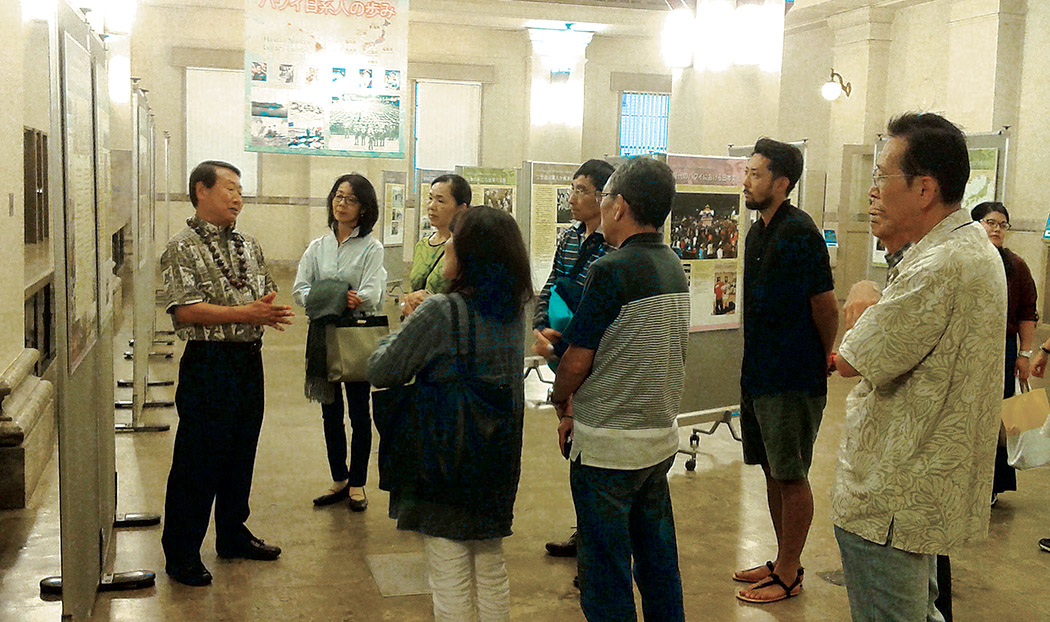
The Legacy
Thanks to the Gannenmono, Hawai‘i has shared a history rich with Japanese influence. For Jamelyn, she believes there is a lot to live up to. “Our ancestors made the community, they were the starters, the founders. They set the pace for us … they are an inspiration.” Gwen agrees, “Just to see what they achieved makes me really proud of my heritage, that they are a part of and a contribution to Hawai‘i and what it is today.”
Byrnes further sees how these legacies can give insight to cultural exchange on a global scale. “I feel that we are a laboratory for the world in terms of how different races and ethnicities can live together in harmony. We achieved this while retaining our respective cultural values and customs while developing a respect for all of the other cultures in Hawai‘i.”
The Nikkei Legacy Exhibit will be visiting Hawai‘i Island at the Hawaii Community Federal Credit Union in Kailua-Kona on November 1–28 and in Hilo at the Hawaii Japanese Center on December 1–21. ❖

